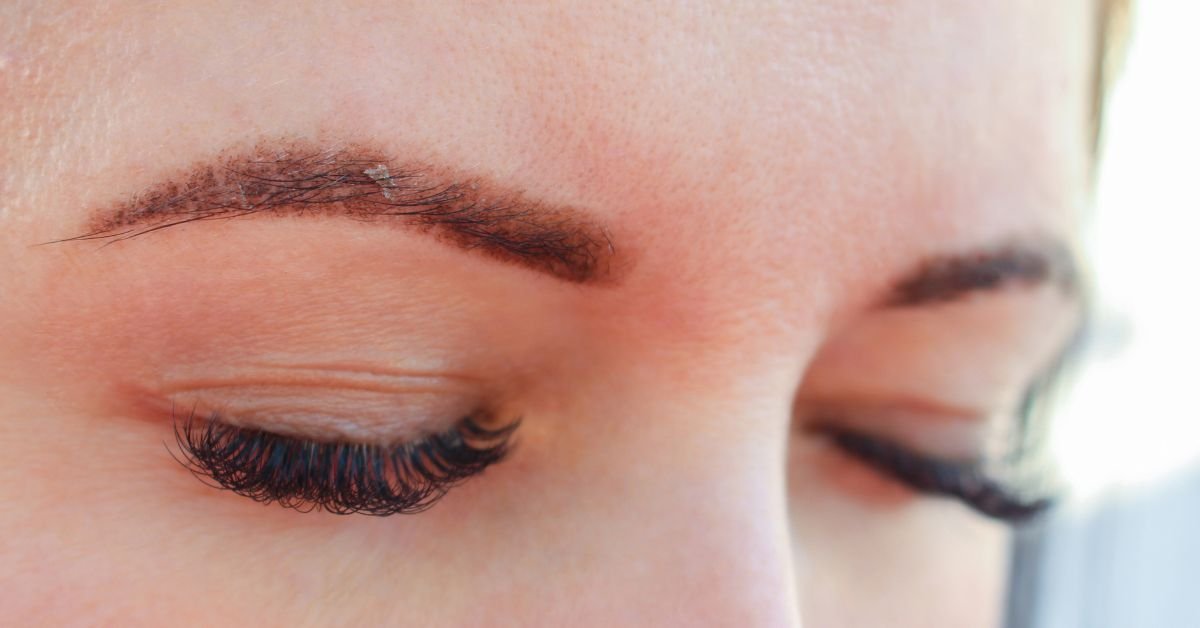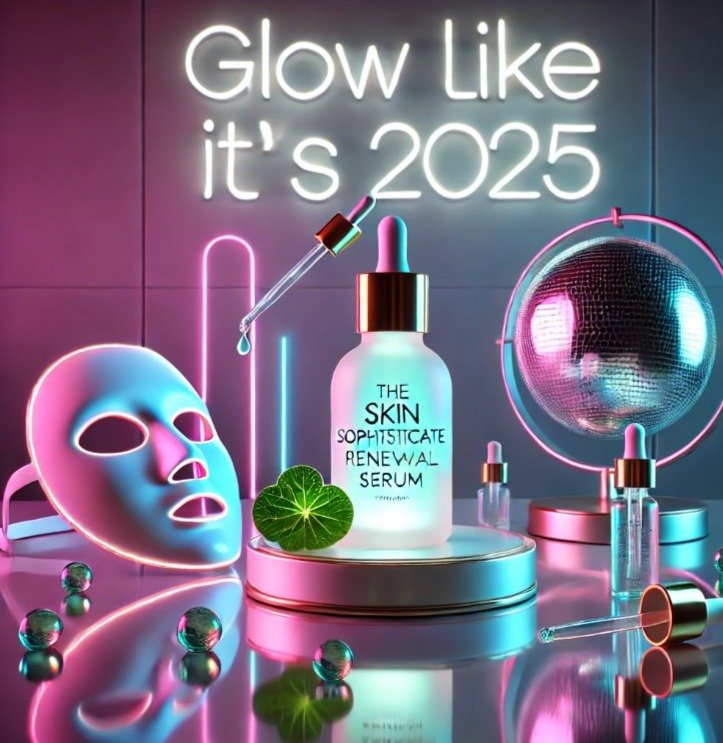How To Know It’s Time for a Chemical Peel
Professional skincare can feel overwhelming with all the options available, but chemical peels remain one of the most effective ways to rejuvenate your skin. Chemical peels offer a straightforward and results-driven way to address a variety of skin concerns. This guide will help you know if it’s time for a chemical peel.
What Exactly Are Chemical Peels?
A chemical peel is a skincare treatment that uses a solution to exfoliate and remove the top layer of dead or damaged skin cells. Doing so reveals the fresher, brighter, and healthier skin underneath. There are different types of chemical peels, each with its benefits. Some benefits include reducing fine lines, improving uneven pigmentation, minimizing acne scars, and promoting an even skin tone. Whether you opt for a light, medium, or deep peel depends on your skin goals and concerns.
Signs That It’s Time for a Chemical Peel
Your skin offers clear signals when it requires extra care, and a chemical peel might be the reset it’s asking for. Persistent uneven skin tone, where areas of your face appear darker or duller, can be a strong indication that a chemical peel is needed. Acne scars—whether fresh or deeply rooted—are another sign you might benefit from this procedure. Chemical peels work particularly well at fading scars with consistent use.
Fine lines and wrinkles that emerge with age often prompt many people to try a chemical peel. It helps revitalize the skin by promoting collagen production and smoothing out fine lines. If you’re dealing with rough or textured skin that doesn’t seem to improve with exfoliation, a chemical peel can remove those stubborn layers more efficiently.
Go for a Consultation
Before committing to a chemical peel, it’s critical to consult with a licensed dermatologist or skincare professional. They’ll examine your skin condition, discuss your goals, and recommend which type of chemical peel suits you—light, medium, or deep. This step also provides an opportunity to ask questions, understand potential risks, and get tailored advice to maximize the results.
What To Expect During and After
The process of getting a chemical peel varies depending on its intensity. For a light peel, the treatment is quick and requires minimal downtime, but medium and deep peels may involve a more rigorous recovery process. You might feel a slight tingling or warming sensation during the procedure as the solution works on your skin. The recovery process often involves redness and peeling over the following days, which is all part of the natural renewal process.
Post-Peel Skincare Matters
Post-treatment care is vital to maximize the benefits of the peel. Hydrating your skin with a high-quality moisturizer helps soothe any temporary irritation. Avoiding direct sun exposure is another priority, as newly treated skin is sensitive. Applying a broad-spectrum sunscreen is non-negotiable if you plan to spend time outdoors. Incorporating these steps into your routine ensures your skin heals while enhancing the positive results of the peel.
Identifying signs such as uneven tone, acne scars, or fine lines is the first step toward achieving radiant skin. Chemical peels are a time-tested way to address these concerns, offering benefits like smoother, healthier skin. If you’re ready to explore this trusted treatment, contact your dermatologist or skincare expert to take the next step in your skincare routine. Your refreshed, glowing skin awaits!
Read More From The Skin Sophisticate












